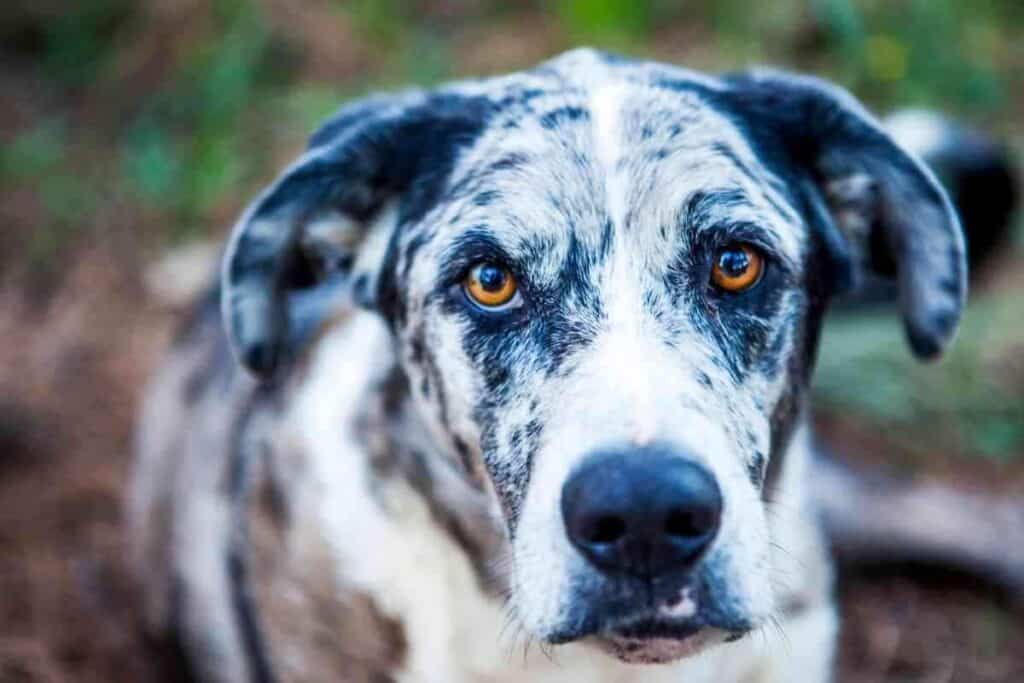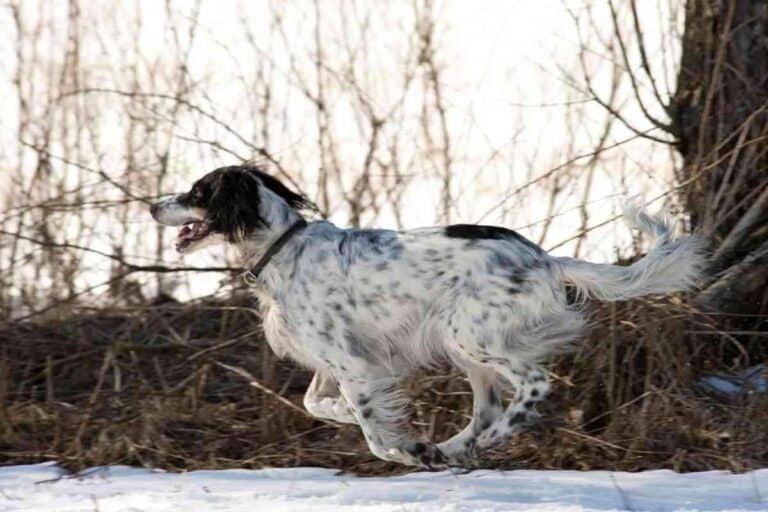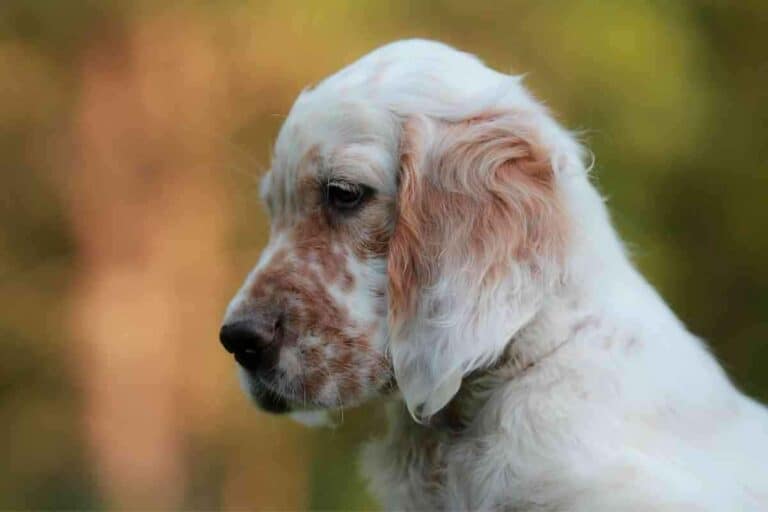Do Catahoula Puppies Change Color?
Certain dog breeds and certain dogs in that breed can have fur coats that change color, and a potential pet parent might be disappointed if they set their hearts on a particular color.
If you’re shopping around for a Catahoula puppy with the best, most interesting-looking dog, you may be wondering if Catahoula coats change over time and, if so, how much?
Do Catahoula Puppies Change Color?
Catahoulas usually change color when they lose their puppy coats. This change may be subtle or extreme and it may occur throughout their entire lives. Because of this, it’s extremely difficult to predict what an adult Catahoula will look like when they are a puppy, though there are some things you can look for.
There are ways that the fur coat of a Catahoula puppy can change. Each will be unique to their genetic background, based on their dog parents and ancestral line.
For those thinking of adopting a Catahoula puppy, it is helpful to consult the breeder and discuss the parents’ appearance and other ancestors.
This knowledge does not mean that a dog will look exactly like its ancestors, but it can give a potential idea. This breed is a very versatile breed for fur coat coloring.
What are the colors of the Catahoula’s fur coat?
The Catahoula’s fur coat colors are remarkably diverse, with a high likelihood of coloring-changing fur in this breed.
The fur colorings for this dog breed include Blue, Blue Merle, Black, Chocolate, Red, Red Merle, Brindle, Yellow, Yellow Merle, and White Merle.
One unique characteristic of this breed is the spots that some dogs are lucky enough to get. These spots, which look like a Leopard pattern, give them a unique appearance.
This Leopard print also adds to the numerous possibilities of coat colors.
The dark or light coloring of the above color choices, Leopard patterns, and dogs with white or tan trim color markings are possible.
There is no breed standard for this breed with the American Kennel Club.

What is the Merle gene in Catahoulas?
The Merle gene is a genetic pattern that can make a dog’s fur coat have different coloring and patterns.
This gene creates a fur coat design where a particular pattern of dark and light fur blends into each other.
This gene is found in numerous dog breeds, and skilled breeders know how to identify it and reduce its appearance in future breed generations if necessary.
This Merle gene pattern can create several variations in fur coat coloring and eye coloring, and it can also influence the dog’s skin pigment.
In some cases, this gene can also cause an increase in health issues for certain dog breeds.
This Merle gene can affect the base of the fur coat coloring, the eyes, and even the color of the paws or noses.
It can make dark eyes blue, or even part of the eye turn one color while the other part is different.
There can be oddly colored eyes like amber for any dog with the Merle gene in its background.
Why Do Catahoula Change Color?
The process of your Catahoula puppy or adults fur coat changing color is part of their genetics.
Not all dogs of this breed will change color; some will change slightly, others will change dramatically, looking like a completely different dog.
When it happens as a puppy, they will start out looking a certain way. Then as they begin shedding their puppy fur coat and growing their new fur coat, it can come in looking different.
The process of shedding the puppy fur coat and growing the adult fur coat can either happen gradually or may seem like it happens all at once.
Sometime after four months, the process begins, and depending on the dog and breeding, it can take through the first year or longer.
During this time, they may lose that adorable fuzzy puppy fur coat slowly in wisps where it takes a prolonged time, and you barely notice, or it might happen all at once where fur is flying everywhere, and they go through a very ugly stage until the new fur coat comes in.
The puppy might lose it in patches, clumps or whatever means their body decides to go through this process naturally.
While this is happening, their new adult fur coat will also begin to grow and come in, this is a gradual phase, and as the process happens, you may see a subtle or drastic color change.
This change or lack of color change is based solely on their breeding, ancestral background, and who they are as a dog, genetically.
Meaning what genes they took from what ancestor and how it all blended to make the dog they are.
Purebred dogs are more consistent with their genetics because breeders are not crossing two different breeds, and they know the parental lineage.
Qualified breeders are knowledgeable and skilled and take great care in creating an authentic-looking dog of a particular breed, one that is healthy and meets a certain set of standards, including when it comes to fur coat coloring.
Can Catahoula’s have different eye coloring?
Yes, Catahoula’s can have different eye coloring. From blue to amber and glassy clear, green, brown, and everything in between.
There are instances where certain dogs of this breed will have one eye being one color and the other one different. It is even possible for a dog of this breed to have one eye having two unusual colors.
The dogs of this breed have unique colors, meaning one eye with two colors, two assorted color eyes, and blue eyes linked to the Merle gene explained above and sometimes part of their genetic background.
Blue eyes cause certain health issues related to the Merle gene in their genetic background.
Catahoula puppies’ eyes change color from puppy to adult.
When they are born, all dogs of this breed have blue eyes of different shades.
This blue eye coloring lacks pigmentation, and as they grow, their eyes will change as the melanin pigment in their eyes starts to form.
By the time they are around three to four months, their eyes will have developed into the color they will be as adult dogs.
In Conclusion
Catahoula puppies can change color, as can the adults, as this breed has the characteristic genes for such fur coat and eye color changes.
While not every puppy in this breed will change color, there is a large variety of possible variations. Therefore, potential adopters should not base their choice on puppy fur coat color.
While this can be surprising for new pet parents who adopt this dog breed, they are no less loveable than when they were another color as a puppy!






